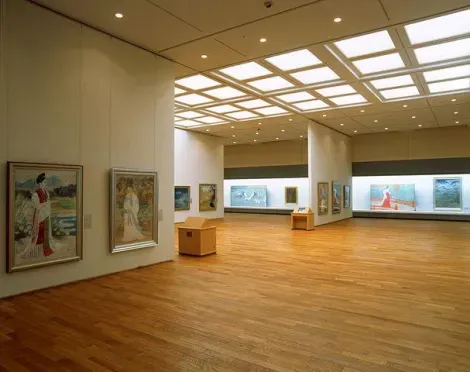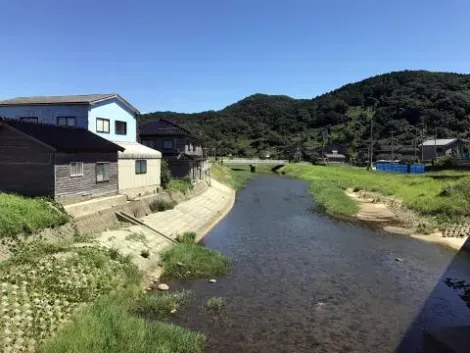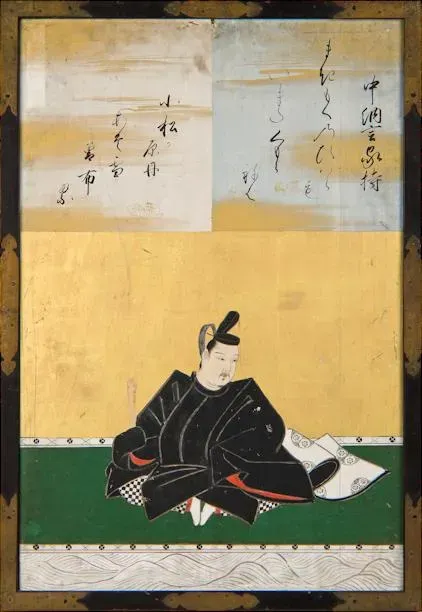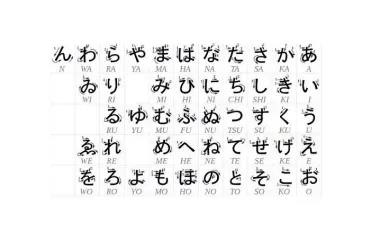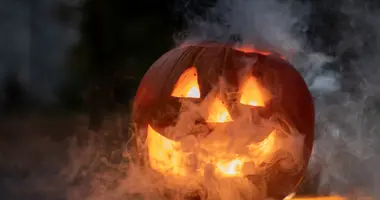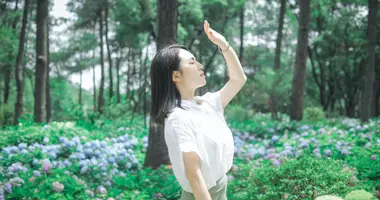The Man-Yoshu, first collection of Japanese poems 万葉集
- Published on : 05/08/2019
- by : S.R.
- Youtube
The origins of Japanese poetry
The first Japanese writings are historically the two collections of Kojiki (712) and Nihon-Shoki (720), where we find the founding myths of the birth of Japan and the mythological origins of the imperial line. Following them, we find the very first collection of Japanese poetry: the man-yoshu.
Japan's very first poetry compilation
Man-yoshu means "collection of ten thousand leaves". It is a compilation made by the poet Otomo no Yakamochi, a poet of the Ôtomo clan, an aristocratic clan extremely influential in court until the reform of Taika in 645.
Belonging to the list of 36 great poets of the Heian period (794 - 1185), he would thus have produced around the year 760 an anthology of Japanese poems called waka. There are a total of 4516 poems, written between the 4th and 8th centuries (and which fit into 20 volumes), which are divided into several types of poems:
4207 tanka, or short poems of 31 syllables
265 choka, or long poems
62 poems called sedoka, literally "poetry that goes up to the head"
4 kanshi, or Chinese poems
1 tanrenga (short transition poem)
1 bussokusekika buddhist poem
and finally 22 pieces of prose in Chinese

Copy of the man'yôshû
Wikipedia
The themes covered in the poems are very broad, ranging from nature, travel to sentimental relationships, through the chronicle of certain historical facts.
It should be noted that at this time, Japan was extremely influenced by Tang China, which was then an immense power whose prestigious culture was absorbed by the elites of the archipelago. It is then rather unsurprising to find Taoist and Confucian inspirations as well as, later, Buddhist accents in the various pieces of art compiled.
The Man-yogana
The Man'yôshu poems are written in man-yogana, a Japanese hybrid script that directly uses Chinese ideograms, not for their meaning but their phonetics. They are the basis of the kana, or the hiragana and the katakana.
Indeed hiragana are kanji homophograph written in cursive, and which over the centuries will take their form by alteration, while katakana are deformations of the kanji used by Buddhist students to note the pronunciation of Chinese ideograms, such as the current pinyin. We can thus consider the Man-yoshu as one of the precursors of a Japanese writing system independent of Chinese.





